Situated in a quieter nook of Chatswood, this café is blooming as it fulfills the many “musts” that café-hopping and brunch eating requires – interesting beverages, trendy food with big and bold flavours along with Instagram-worthy plating.

It’s definitely become my new go-to when I schedule weekend brunches with friends and am too lazy to venture out into different neighbourhoods or the city. The café has an interesting aesthetic, there is graffiti on the walls and an open kitchen so you can see all the buzz and work behind the plate of food you’ll be receiving. The look is almost warehouse-like, but at the same time you’re treated to seasonal flowers on your table which adds warmth and welcome to the café.

The name Chimichuri reflects the roots of the café which at it’s heart is Latin American – and you can see some of this flow through in the menu such as Chimichuri eggs which is poached eggs with labneh, artisan bread and chimichuri sauce. However, at the same time it has completely branched off to ‘exotic’ flavours which excite the public. For me, I found the assortment of lattes very interesting – they covered dirty chai, green matcha which I feel have almost become staples in any busy and trendy café, but have also added into the mixture coconut, taro, red velvet and golden turmeric. Wow – what a bonanza.

I’ve visited this cafe maybe four times over the last 6 or 7 months and whilst it was once on the quieter side, it has really become very busy ~ but packed enough without the queue at 11:30 for Sunday brunch. The prices are ok – a little on the expensive side for a student budget – but still worthwhile as the portion sizes are definitely fair and the food really yummy! I suggest readers in Sydney go soon because I’m very sure with it’s Instagram following that it’ll only become busier. For those who want to visit, I’ve popped the café’s details and opening hours below. I’ll keep the writing on this one short and let the photos speak for themselves, because for sure they speak volumes.
Sauciness ,)
Moony






Chimichuri
1/6 Help St, Chatswood NSW 2067
T: (02) 8084 5272
Monday 7:00am – 3:00pm
Tuesday 7:00am – 3:00pm
Wednesday 7:00am – 3:00pm
Thursday 7:00am – 3:00pm
Friday 7:00am – 3:00pm
Saturday 8:00am – 3:00pm
Sunday 8:00am – 3:00pm

















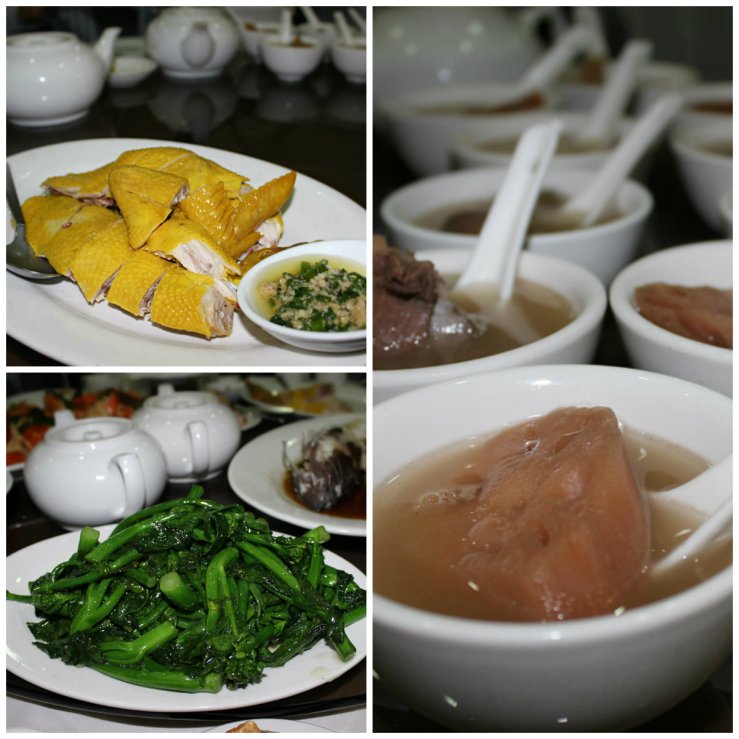
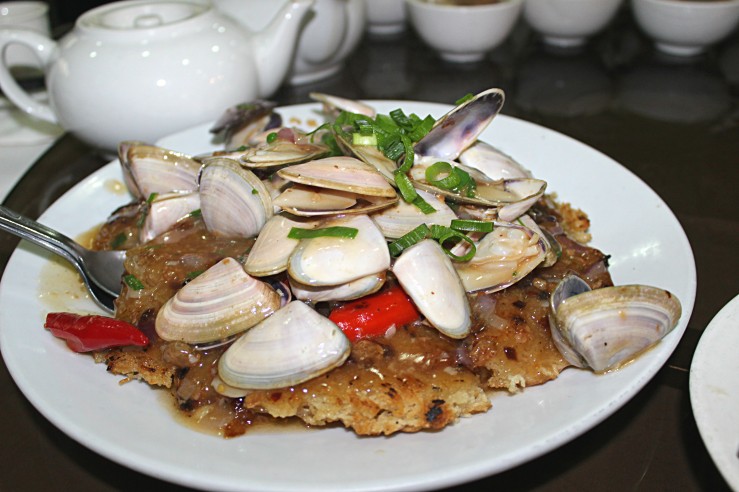
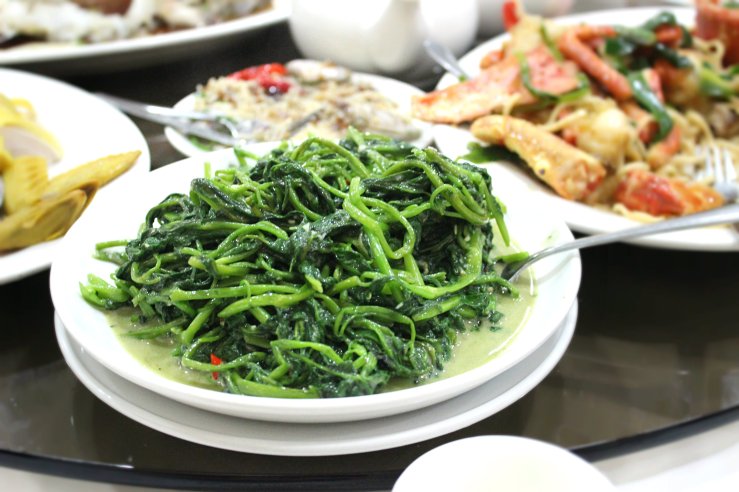
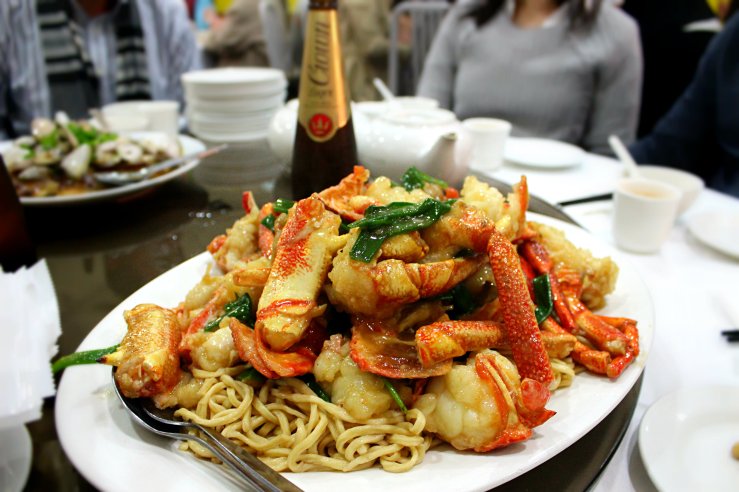
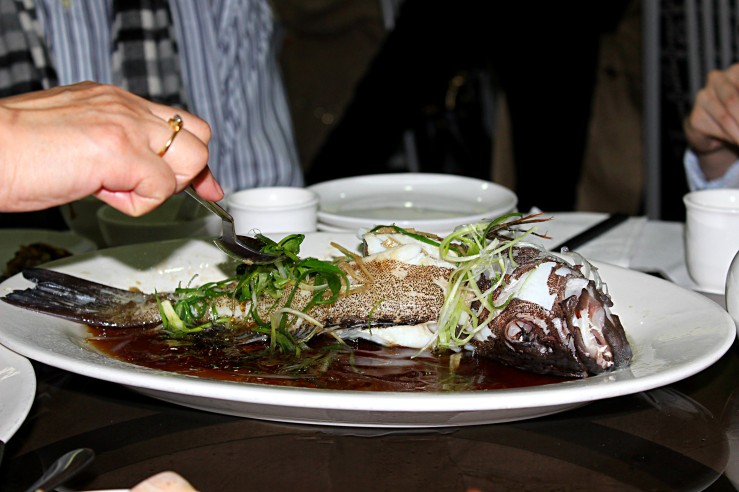
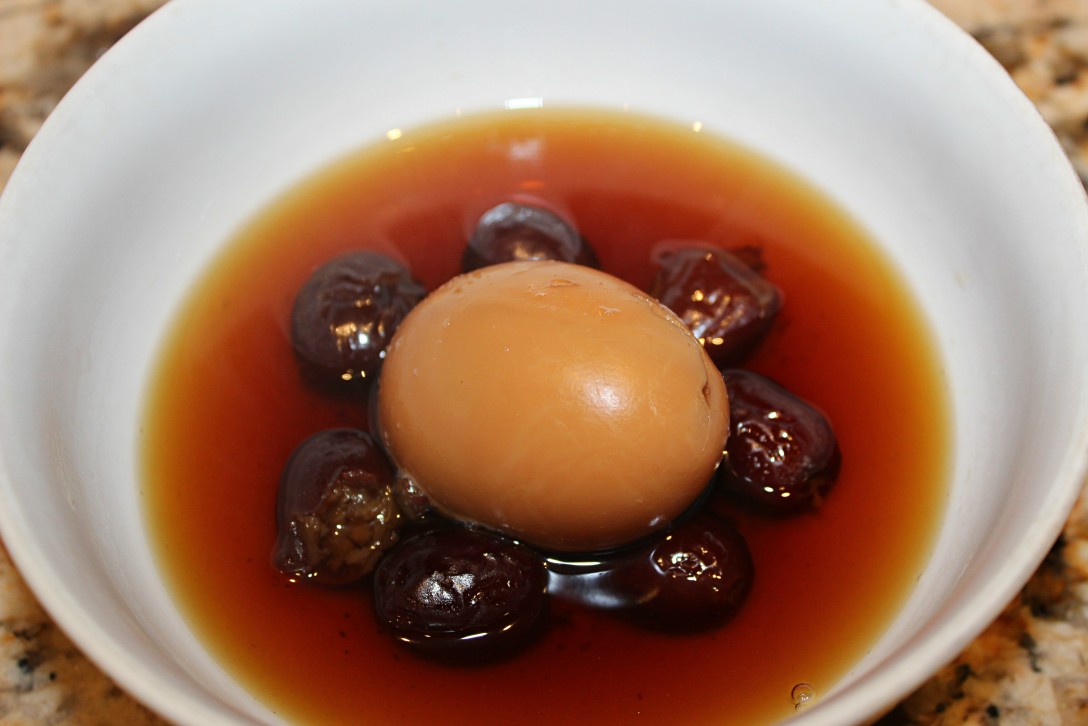


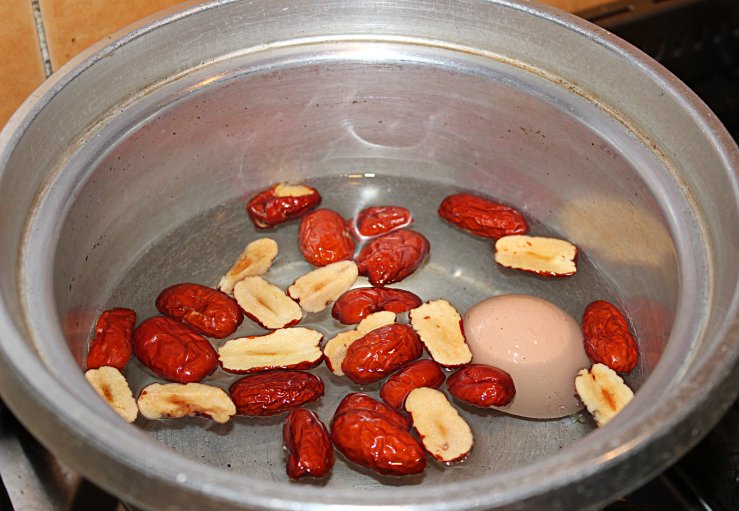
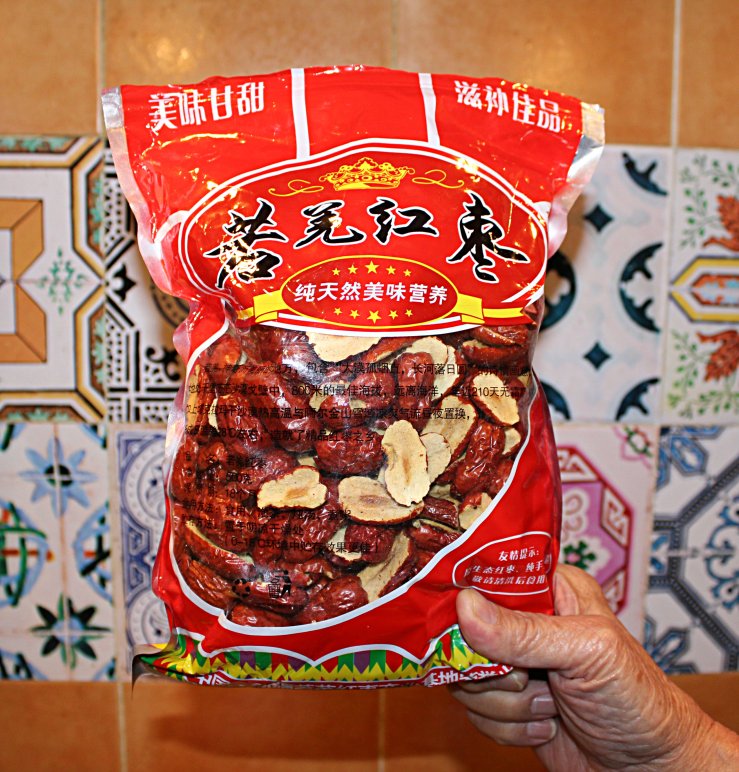







 The soup was creamy and so comforting. It suited autumnal-winter weather finely and instantly engrained in me the need to make it every time I would feel unwell. (Only this morning I tried to replicate it because of seasonal winter blues)
The soup was creamy and so comforting. It suited autumnal-winter weather finely and instantly engrained in me the need to make it every time I would feel unwell. (Only this morning I tried to replicate it because of seasonal winter blues)

